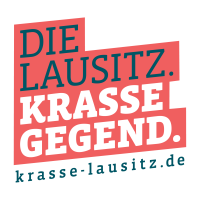BACKGROUND
Digitalization in industry and agriculture is progressing very rapidly. It is enabling new, sometimes disruptive innovations. For example, unmanned aerial vehicles (UAVs) are being used more and more frequently in industrial logistics as well as in the management of agricultural plots of land to address challenges that were difficult to solve in the past.
In agriculture, these include the early detection and control of diseases, fungal and insect infestations. At the current state of the art, UAVs can be used in principle if several practical challenges can be overcome.

HOW IT WORKS
Teamwork is also important among robots. To do this, the swarm elements use radio signals and possibly other sensors to measure their relative positions and avoid collisions. The main purpose of a drone swarm flight is also to explore and exchange data with cameras, radar, Geiger counters, gas sensors, or other analyzers.

TECHNOLOGY
UAVs with special requirements for:
1. sustained flight
2. swarm flight
3. autonomous flight within a defined mission.
The work package deals with these three topics. For sustained flight, an autonomous landing platform will be developed using UWB (ultra-wideband) sensor technology for automatic landing and mechanical battery replacement. This process interrupts the mission for a few minutes at most, allowing the farmer to concentrate fully on farming.
Swarm flight allows the definition of complex, sequential or parallel tasks involving multiple UAVs simultaneously.
Robust swarm flight of drones with formation flying and positioning based on radar and UWB.
ADVANTAGES
Drone swarm flight expertise
Different types of sensors can be used (image recording, spectroscopic recording)
Different drone systems are possible on the current platform
Automated battery changing to enable continuous flying
APPLICATION
Agricultural industry / monitoring of large-scale facilities or forest areas
STATUS
Functionality testing
Target TRL 6
CONTACT
Matthias Nattke
Brandenburg University of Technology Cottbus-Senftenberg
Chair of Industrial Information Technology
Platz d. Deutschen Einheit 1
03046 Cottbus
Mehrzweckgebäude, Room 220
M: matthias.nattke@b-tu.de
T: +49 (0) 355 69 4498




